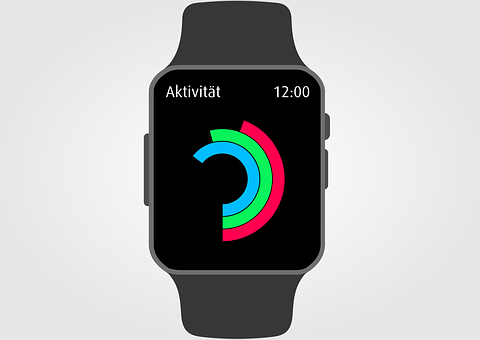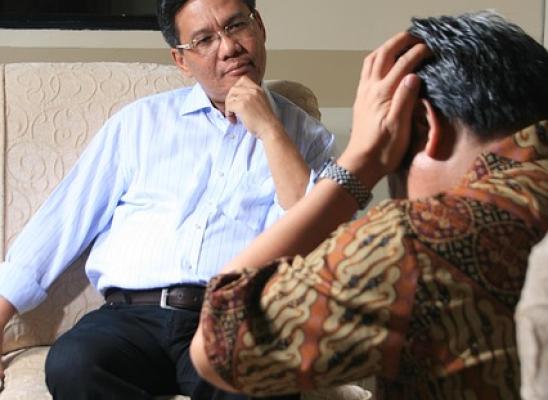New tech for Hair pulling awareness and monitoring
Online test
Find out the severity of your symptoms with this free online test
Trichotillomania or hair pulling disorder is often triggered by stress and anxiety. Hair pulling can sometimes be a subconscious action; sufferers of the disorder usually have no inkling of their actions and often do it in their sleep. Sufferers often, experience feelings of guilt and embarrassment for their pulling. Therapists therefore, encourage pullers to develop an increased awareness of the times of day, emotional states, and other factors that promote pulling, in an effort to control the behaviour. Trichotillomania sometimes stems from a habitual behaviour. A habit like hair pulling may start off as a once-off behaviour, for example, the person may be looking to pull out split ends and in the process experiences a feeling of satisfaction, release of tension, or any other number of desirable physical or emotional feelings while pulling the hair. This positively reinforces the behaviour so the next time the individual feels stressed, bored or anxious they may find themselves pulling the hair again to replicate these feelings. With repetition the behavior becomes a compulsive behavior that eventually develops into a clinical disorder. On of the ways to overcome it is through habit reversal.
Technology for Awareness and Monitoring of Pulling
Habit Reversal Therapy has four main components: awareness training, development of a competing response, building motivation and generalization of skills. HRT is helpful for many persons with Trichotillomania. However, successful habit reversal therapy requires the individual to be aware of hair pulling, and as we know, pulling for most individuals is subconscious. A project involving a pilot study of a prototype awareness enhancing and monitoring device aimed at increasing the effectiveness of habit reversal therapy was undertaken. The monitoring device included a watch, bracelet, magnetic necklace, and a pager that was hard-wired for remote activation of a vibrating alert when hair pulling behaviors occurred, motivating participants to pull less or not at all. The results following participant observation indicated a marked reduction in trichotillomania behaviors when the device was in place. The device was very effective in enhancing awareness, monitoring and curbing hair pulling triggers and urges.
Why is Awareness and Monitoring Important?
Some sufferers of the disorder have had success with simple behavioural devices to hinder their need to pull. Devices include: tying of the hair, keeping records of their pulling or changing environmental cues that trigger pulling. Cognitive-Behavioural Therapy (CBT) is a form of therapy. CBT aims to alter behaviour by identifying the precise factors that trigger hair pulling, skills are then learned in order to interrupt and redirect responses to those triggers. When we practice new behaviours and thoughts in response to familiar emotions or situations, our brains’ physical structure actually changes too. We develop neural pathways and, with repetition, the new behaviour becomes an automatic response. However in order to replace hair pulling with the new behavior we need to be aware that we are about to pull or have started pulling. For many hair pulling is automatic so by the time they realise they had been picking it is too late to start implementing the competing responses. Therefore developing awareness of when, where, how and why you pull is a critical aspect of therapy.
Components of Habits
Every habit has three components: a cue (or a trigger for an automatic behaviour to start), a routine (the behaviour itself) and a reward (which is how our brain learns to remember this pattern for the future). Habit Reversal Training (HRT) is a form of CBT which works on the premise that the most effective way to shift a habit is to diagnose and retain the old cue and reward, and try to change only the routine. So instead of fighting the urge to pull, HRT helps the individual understand what motivates the urge and find alternative ways of addressing the motivation and adjusting the behavior. The idea is that every time you are aware of a hair pulling trigger, the hair pulling can be replaced with other behaviours that will eventually become a habit. HRT teaches sufferers how to break bad habits and form new positive ones in their place.
Online test
Find out the severity of your symptoms with this free online test
Start your journey with TrichStop
Take control of your life and find freedom from hair pulling through professional therapy and evidence-based behavioral techniques.
Start Now



